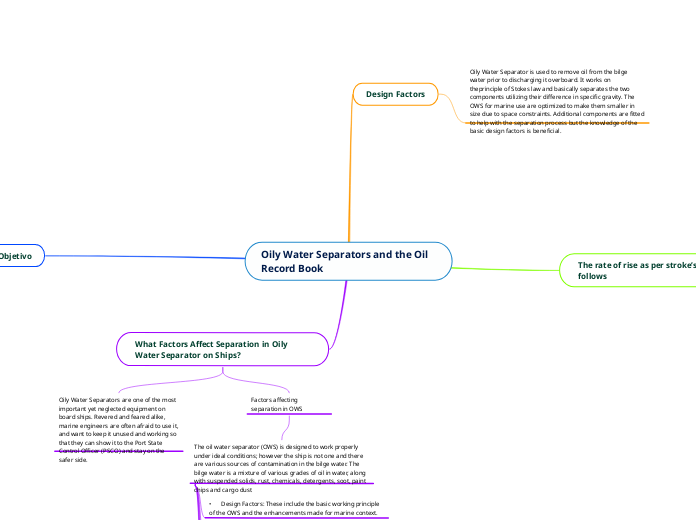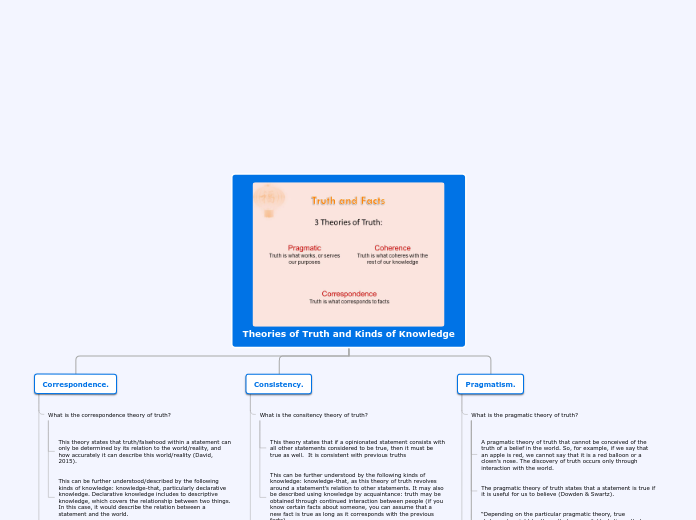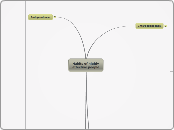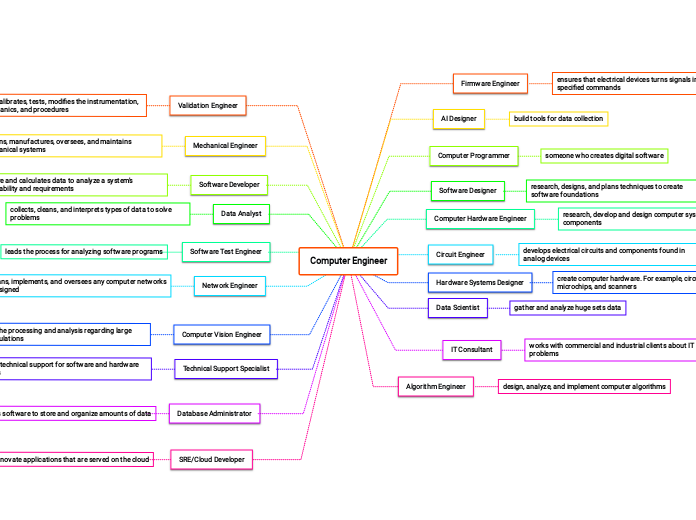Oily Water Separators and the Oil Record Book
What Factors Affect Separation in Oily Water Separator on Ships?
Factors affecting separation in OWS
The oil water separator (OWS) is designed to work properly under ideal conditions; however the ship is not one and there are various sources of contamination in the bilge water. The bilge water is a mixture of various grades of oil in water, along with suspended solids, rust, chemicals, detergents, soot, paint chips and cargo dust
• Good House Keeping: Last but not the least, good housekeeping is essential to a cleaner engine room and to reduced production of oily water to be treated.
• Crew Attitude and Aptitude: No matter what kind equipment is fitted on board it needs correct operation and some training to run it optimally.
• Equipment Specific Knowledge: There are numerous varieties of OWS in the market and each has their own peculiarities and problems. Knowledge of these will be beneficial.
• Care and Maintenance: The general care and maintenance required to keep the OWS running smoothly.
• Bilge management: Efficient Bilge management and knowing what goes into your bilges and how it affects it.
• Operational factors: Operational Knowledge and correct operational procedures that are generic and not equipment specific.
• Design Factors: These include the basic working principle of the OWS and the enhancements made for marine context.
Oily Water Separators are one of the most important yet neglected equipment on board ships. Revered and feared alike, marine engineers are often afraid to use it, and want to keep it unused and working so that they can show it to the Port State Control Officer (PSCO) and stay on the safer side.
The rate of rise as per stroke’s law is as follows
The Stoke’s Law generally states that the velocity or rise and hence the separation rate is directly proportional to the difference in density of the oil and the continuous fluid and the size of the droplets of oil. It is also states that rate of rise is inversely proportional to the viscosity of the surrounding fluid. We infer from the famous law the following:
• Temperature: This is another factor which is important as it affects the density and viscosity directly.
o Low temperature of the continuous fluid hinders the separation of oil due to additional viscous drag in view of the increased viscosity of continuous fluid in cold temperature. Oil separation is better in warmer temperatures and slightly increasing the temperature of the bilge water would give better separation. This information is important as we can increase separation rate by warming the bilge water in the holding tanks or heating incoming fluid by the steam coils fitted in some of the OWS.
o In high temperature the formation of emulsion by mechanical agitation is more than in lower temperature. This information is important as we should not heat the bilge holding tank when ship is rolling excessively or where we suspect mechanical agitation.
• Size of Oil Droplets: The larger the diameter of the oil droplets the better is the rate of separation. This information is very helpful and we can assist the OWS by avoiding small drops of oil by mechanical agitation and emulsification.
• Viscosity of Continuous Fluid: As rate of rise is inversely proportional to the viscosity of the continuous fluid the OWS performance is better when continuous fluid is fresh water. As this deduction is contrary to the above one it is a compromise between the two but it does not concern us much as we don’t really have much control on what goes to the bilges as per the original design.
• Density of Continuous Fluid: Rate of rise will be higher when continuous fluid is sea water instead of fresh water or condensate. This information is useful and we can discharge the condensate drains into dedicated clean drain tanks instead of bilges.
• Density of Oil: Light oil is having higher rate of rise than heavier oil and therefore easier to separate. This information is useful to adjust and lower the flow rate when heavier oil contamination is suspected.
Design Factors
Oily Water Separator is used to remove oil from the bilge water prior to discharging it overboard. It works on theprinciple of Stokes law and basically separates the two components utilizing their difference in specific gravity. The OWS for marine use are optimized to make them smaller in size due to space constraints. Additional components are fitted to help with the separation process but the knowledge of the basic design factors is beneficial.
Objetivo
Un separador de agua aceitosa típico consta de tres componentes básicos, la unidad de separación, la unidad de filtrado y la unidad de control y monitoreo del contenido de aceite.
El objetivo del separador de agua aceitosa es producir agua limpia para la descarga.









